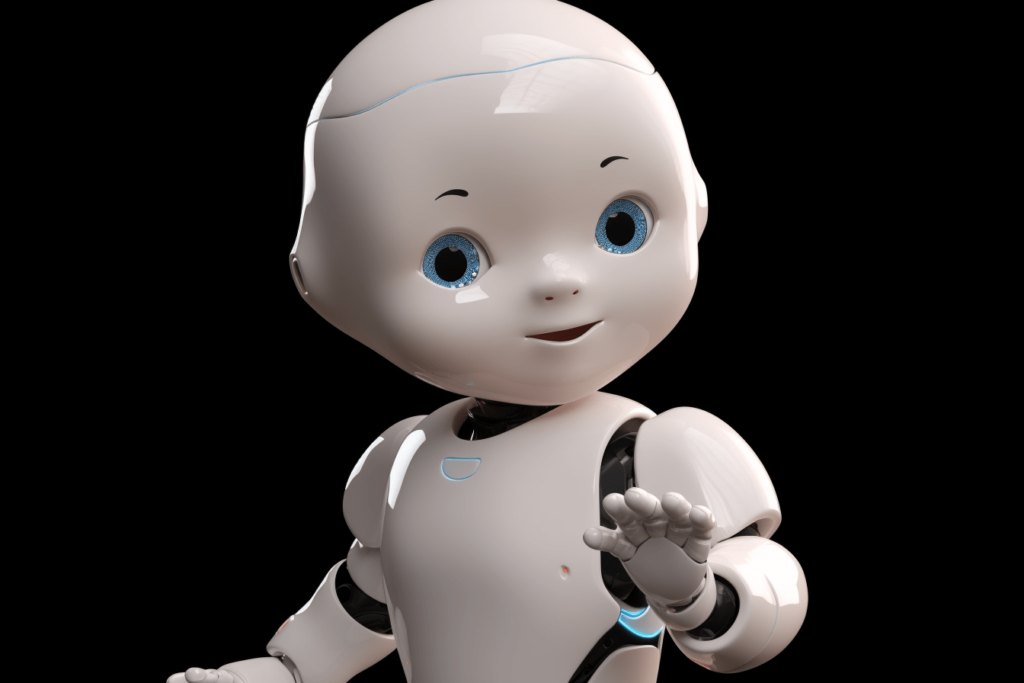Introduction Microsoft has introduced Majorana 1, the world’s first quantum chip utilizing a groundbreaking Topological Core architecture. This innovation, built on the newly developed topoconductor material, aims to accelerate the realization of scalable, industrial-grade quantum computing, transforming problem-solving capabilities in fields ranging from materials science to artificial intelligence.
Topoconductors: The Foundation of Majorana 1 The Majorana 1 chip leverages a revolutionary material class—topoconductors—to enable more reliable and scalable qubits, the fundamental units of quantum computation. This breakthrough positions Microsoft to lead the quantum computing industry towards achieving a million-qubit system within years rather than decades. By integrating error-resistant properties at the hardware level, the Majorana 1 ensures greater qubit stability, a crucial factor for scaling quantum operations.
Scalability and Real-World Applications Unlike current quantum architectures, which require fine-tuned analog control, Microsoft’s approach employs digital control for qubits, simplifying quantum computations and reducing hardware constraints. This architecture enables the integration of a million qubits on a single chip, unlocking solutions to some of the most complex industrial and environmental challenges, such as:
- Microplastic Breakdown: Quantum calculations could facilitate the development of catalysts capable of breaking down plastics into harmless byproducts.
- Self-Healing Materials: Engineering materials that can autonomously repair structural damage in construction and manufacturing.
- Advanced Enzyme Engineering: Enhancing agricultural productivity and healthcare by designing more efficient biological catalysts.
- Corrosion Prevention: Analyzing material interactions at the atomic level to create corrosion-resistant structures.
Microsoft’s Quantum Roadmap and DARPA Collaboration Recognizing the potential of Majorana 1, the Defense Advanced Research Projects Agency (DARPA) has selected Microsoft as one of two companies progressing to the final stage of its US2QC program. This initiative aims to accelerate the development of utility-scale, fault-tolerant quantum computers capable of commercial impact.
Precision Measurement and Digital Control A key challenge in quantum computing is qubit instability due to environmental perturbations. Microsoft has overcome this hurdle with a pioneering measurement approach that enables digital qubit control, making quantum systems easier to manage and scale. This precise measurement technique distinguishes between one billion and one billion and one electrons, ensuring the accuracy needed for advanced computations.
Engineering Breakthrough: Atom-By-Atom Material Design Majorana 1 is built on a meticulously engineered materials stack comprising indium arsenide and aluminum. Microsoft designed and fabricated this stack atom by atom to create the necessary topological state for stable qubits. This breakthrough is pivotal in overcoming the scalability limitations of traditional quantum computing approaches.
Integration with AI and Cloud Computing Quantum computing’s synergy with artificial intelligence will redefine problem-solving across industries. Microsoft’s Azure Quantum platform provides enterprises with early access to quantum capabilities, enabling AI-driven insights and innovation. The combination of quantum computing and AI will revolutionize material science, drug discovery, and sustainable technology development.
Microsoft’s Majorana 1 chip marks a paradigm shift in quantum computing, paving the way for practical, large-scale quantum applications. With its topologically protected qubits, digital control systems, and scalable architecture, Majorana 1 is set to drive the next frontier of computational advancements. As quantum computing progresses towards commercial viability, industries worldwide stand to benefit from solutions that were previously unattainable with classical computing methods.

